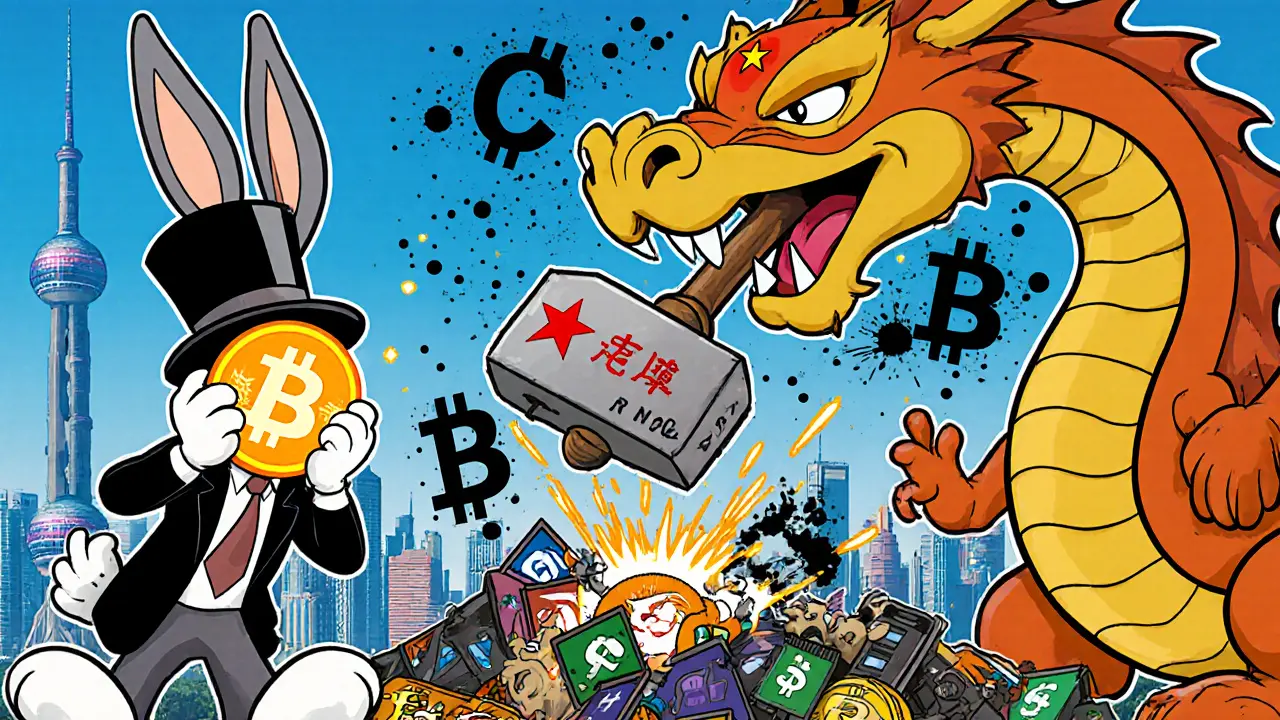Cryptocurrency Ban China: What Happened and How It Changed Global Crypto
When cryptocurrency ban China, a sweeping government move in 2021 that outlawed all crypto trading, mining, and financial services tied to digital assets. Also known as China's crypto crackdown, it wasn’t just a policy shift—it was a seismic event that sent shockwaves through Bitcoin mining hubs, DeFi platforms, and exchanges worldwide. Before the ban, China controlled over 70% of global Bitcoin mining. Miners ran massive farms in Sichuan and Inner Mongolia, using cheap hydro and coal power to validate transactions. Then, overnight, the government shut down power, seized equipment, and forced miners to flee. No warnings. No grace period. Just silence.
The ban didn’t stop at mining. It also blocked all crypto exchanges operating in China, including giants like Binance and Huobi, forcing them to relocate to places like Singapore, the UAE, and Malta. Chinese citizens were told to close their wallets or face penalties. But people didn’t stop trading—they just went dark. Peer-to-peer platforms like LocalBitcoins and Paxful exploded in usage. OTC desks popped up in cafes and malls. Crypto became a black-market asset, traded in cash or through disguised remittances. Meanwhile, Bitcoin mining, the process of securing the Bitcoin network by solving cryptographic puzzles using specialized hardware. Also known as Proof of Work mining, it became a geopolitical tool. Countries like Kazakhstan, the U.S., and Iran rushed to fill the void, offering cheap energy and lax regulation. Iran, in particular, turned mining into a sanctioned workaround for bypassing Western financial controls. The crypto regulation, government rules that define how digital assets can be issued, traded, taxed, or banned. Also known as digital asset policy, it became a global arms race. While China locked down, the U.S. and EU began drafting frameworks—some strict, some open. The message was clear: if you want crypto, you need to control it.
Today, the cryptocurrency ban China still stands. No legal exchanges. No mining licenses. No bank support. But the world moved on. Miners rebuilt overseas. Traders found new tools. And the lesson stuck: no government can fully erase decentralized money. What China tried to kill became more resilient. The posts below dig into the fallout: how fake exchanges popped up to target Chinese users, how miners escaped to Kazakhstan and Texas, and how the ban accidentally boosted privacy coins and P2P networks. You’ll also find reviews of exchanges that survived the purge, airdrop scams targeting Chinese expats, and how DeFi protocols adapted when their biggest user base vanished. This isn’t history. It’s the blueprint for how crypto survives when the state says no.

